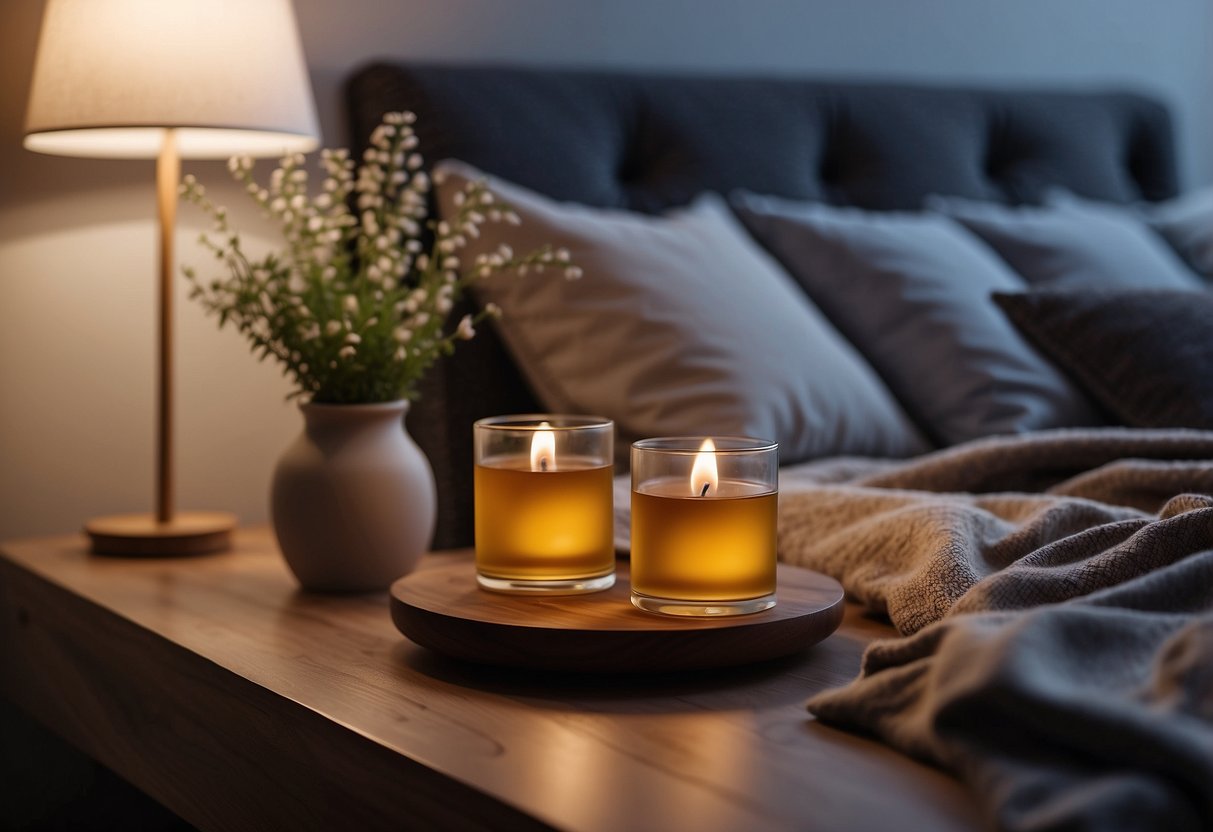Sleep Hygiene: DIY Tips for a Better Night’s Rest – Improve Sleep Quality Today
Choosing the Right Bedding and Mattress
Selecting the proper bedding and mattress is essential for comfortable sleep. A mattress that supports the spine and aligns with an individual’s preferred sleeping position can prevent aches and improve rest. Memory foam or hybrid mattresses often provide better support and comfort.
Bedding materials like cotton or linen, known for breathability, can regulate body temperature. Pillows should support the head and neck, varying in firmness based on sleeping posture. Furthermore, using hypoallergenic pillows and mattress covers can reduce allergens that interfere with sleep.
Regulating Bedroom Temperature
Maintaining an optimal bedroom temperature can enhance sleep. A cooler room, typically around 60-67 degrees Fahrenheit, is conducive to falling and staying asleep. This range helps the body maintain its core temperature, which naturally drops during sleep.
Utilizing fans or air conditioning can help keep the room cool. In colder months, layering blankets allows for adjustments to find the right comfort level. Monitoring humidity with a humidifier or dehumidifier can also contribute to a comfortable sleep environment, preventing air from becoming too dry or humid.
Establishing a Consistent Sleep Schedule
Maintaining a regular sleep schedule can help reinforce your body’s natural sleep-wake cycle. Consistency in sleep timings aids in better sleep quality and overall health.
Aligning with Your Circadian Rhythm
The body’s internal clock, or circadian rhythm, plays a crucial role in regulating sleep patterns. Aligning sleep times with this natural cycle improves sleep quality.
Going to bed and waking up at the same time daily can help synchronize with the circadian rhythm.
Exposure to natural light during the day and avoiding bright screens before bed can also support this alignment. A consistent schedule curtails irregularities and supports restorative sleep.
The Importance of Routine
Establishing a bedtime routine signals the body that it’s time to unwind. Activities such as reading, meditating, or taking a warm bath can help ease the transition into sleep.
Avoiding stimulants like caffeine or heavy meals before bed prevents sleep disturbances. Consistent pre-sleep activities contribute to better sleep onset.
Sticking to a set routine and sleep schedule, even on weekends, ensures the body remains in sync, aiding in overall sleep quality.
Developing Pre-Sleep Rituals for Relaxation

Creating a consistent routine before bed can help signal to the body and mind that it’s time to wind down and prepare for sleep. Effective pre-sleep rituals often involve mindfulness practices and physical relaxation techniques.

